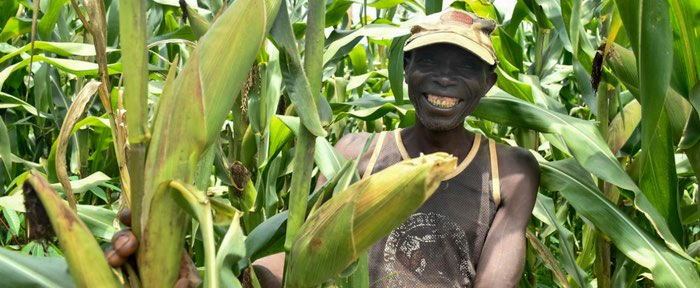
The Burundian government and the African Development Bank launched the Burundi component of the Burundi-Rwanda Integrated Development Project (BRIDEP) in Bujumbura on 20 May 2025. The project aims to improve agricultural production and cross-border transport links, and facilitate trade between the two neighbouring East African countries.
The technical launch workshop brought together the project’s key institutional, technical and financial players. Its aim was to harmonize the level of information and present the broad outlines of the Burundi component.
“The launch of this project is a crucial step for its subsequent implementation, which represents a historic milestone in Burundi’s commitment to sustainable, inclusive and integrated development,” said Diomède Ndayirukiye, Permanent Secretary at Burundi’s Ministry of the Environment, Agriculture and Livestock Farming. “By developing our irrigable potential, boosting agro-industrialization and entrepreneurship among young people and women, strengthening resilience in the face of climate change, and promoting regional integration through modern infrastructure, we are paving the way for a profound transformation of our agriculture,” he added.
The Burundi-Rwanda Integrated Development Project is positioned as a strategic lever for rural transformation and sustainable poverty reduction. Deployed in nine provinces with high agro-economic potential – from Kirundo to Cibitoke, via Gitega, Muyinga and Kayanza – it will operate at the heart of territories where the future of food sovereignty and economic inclusion is at stake.
Improved seeds will be supplied to farm 24,000 hectares of land, and climate-adapted agricultural techniques will be taught to producers. In addition, 40 private breeding centres will revive high-performance pig and poultry strains, and 6,000 hectares of marshland and 18,000 hectares of watershed will be rehabilitated. This transformation of the region will be supported by a digital revolution: the geolocation of 120,000 households will give them access to a digital platform centralizing inputs, financing and markets. Finally, the project’s strategic infrastructure includes the construction of the very first one-stop border post at Akanyaru Haut – a tool that will not only facilitate trade but also support practical integration – and the creation of two pilot agricultural hubs in Cibitoke and Karuzi. These hubs are the fruit of a public-private partnership and symbolize Burundian agriculture’s entry into the industrial age.
“Agriculture is the beating heart of the Burundian economy, and when it is structured, supported and modernized, it becomes a powerful lever for transformation,” stated Pascal Yembiline, Country Manager for the African Development Bank in Burundi. For him, the project’s choice of the Ruzizi plain is no accident. This fertile area is also a symbol of unexplored potential. “Through the project, the Bank is proud to support the ambitious vision of the Government of Burundi by targeting the plain to create jobs, strengthen the capacities of local actors and sustainably improve the living conditions of thousands of rural households. This is the strength of our commitment: to build, together, a resilient, inclusive and forward-looking agriculture,” said Mr Yembiline.
For Pascal Sanginga, Regional Sector Manager for agriculture and agro-Industries at the Bank Group’s East Africa office, the project embodies a new generation of high-impact projects that the Bank intends to promote. “The African Development Bank has fully embraced regional integration as a strategic focus for innovation. BRIDEP aims to synergize the ambitions of member countries around practical solutions. This project is a major opportunity for Burundi, and a core model for which the Bank is proud to provide both technical and financial support,” he confirmed.
With a budget of $152 million, the Burundian component of the project is a key lever for national and regional agricultural development. Backed by the leadership of the African Development Bank Group, which is providing more than half the financing, and solid co-financing from the International Fund for Agricultural Development (IFAD), the project will also be supported by a strong commitment from the Burundian government and the active participation of the beneficiary populations. It will be implemented over six years (2024-2029). (End)
